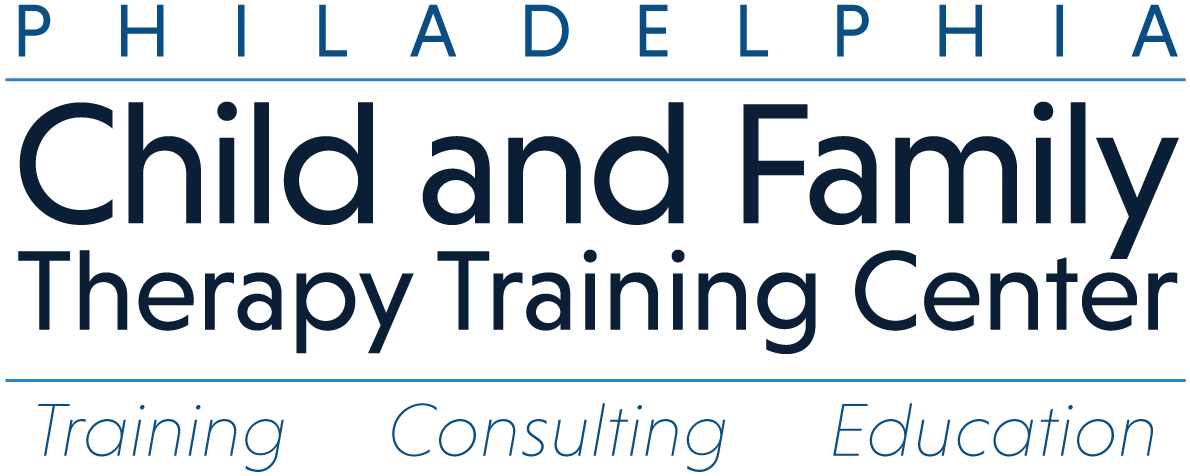
As a systemic family therapist, the demands of the profession can often feel overwhelming. Between managing complex family dynamics, staying on top of paperwork, and maintaining a compassionate presence for clients, it’s easy to let work bleed into personal time. Without a proper work-life balance, therapists may find themselves on a path toward burnout. Maintaining balance is essential not only for personal well-being but also for providing the best care to clients. Here are some practical tips to achieve a healthier balance.
1. Set Clear Boundaries:
Creating and maintaining clear boundaries between work and personal time is essential. Set a specific time each day to stop responding to work-related emails or phone calls. Clearly communicate your working hours to clients and colleagues, and be disciplined in adhering to them. This will help you protect your personal time and recharge.
2. Prioritize Self-Care:
Just as you encourage clients to practice self-care, it’s important to do the same. Make time for activities that nurture your mental, emotional, and physical well-being, whether it’s exercising, meditating, or spending time with loved ones. Remember, self-care is not a luxury—it’s a necessity. And make sure you have differentiated the goal of the self-care versus the basics goal. For example, walking 30 minutes a day. And, 10 minutes is better then no walking especially when you felt you didn’t have 30 minutes to spare.
3. Schedule Breaks:
Systemic family therapy requires intense focus and emotional energy. Taking regular breaks throughout your day helps you avoid exhaustion. A quick walk between sessions or some quiet time to decompress will increase your effectiveness and clarity when you return to your clients. You have an ethical responsibility to do what is best for the family and work your growth. This means you will need breaks. This will help you prepare and be intentional in sessions.
4. Engage in Supervision and Peer Support:
Connecting with other therapists and engaging in regular supervision is essential for maintaining your well-being. Sharing challenges and successes with colleagues can help lighten the emotional load and offer new perspectives that refresh your approach to your work. You need to negotiate this practice in advance. Everyone needs to document consultation for every case they are treating.
5. Reflect and Reassess Regularly:
Periodically reflect on your work-life balance and make adjustments as needed. Some weeks may demand more from you professionally, while others may allow for more personal time. It’s important to remain flexible and make adjustments when necessary to avoid long-term imbalance.
By actively prioritizing these strategies, systemic family therapists can maintain the balance needed to thrive both professionally and personally.



Leave a Reply